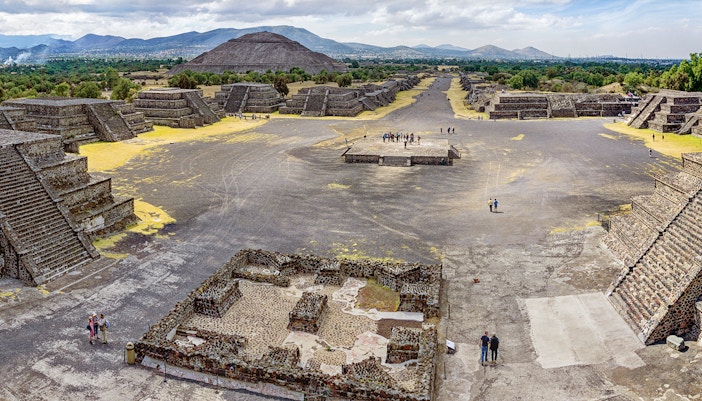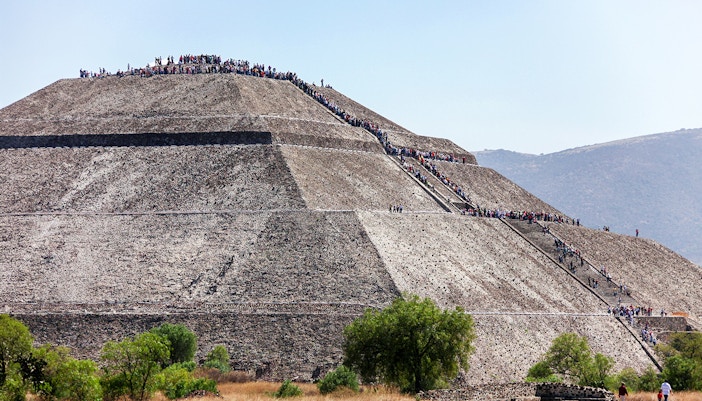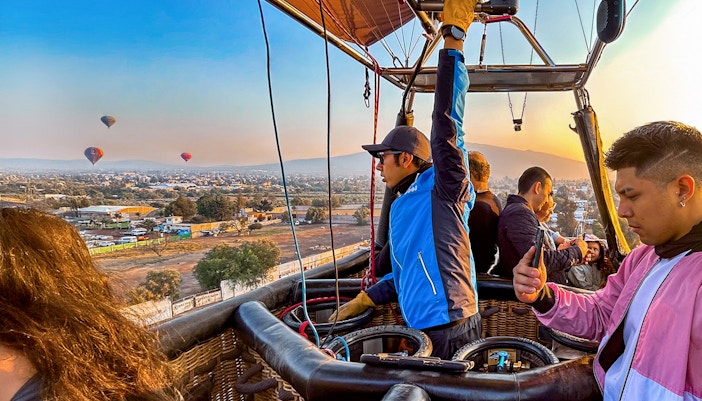The name "Teotihuacán" was given to the city by the Aztec people centuries after it was abandoned. In the Nahuatl language, it translates to "the place where the gods were created" or "birthplace of the gods." The city’s original name, and what its builders called themselves, remains a mystery to this day.
12 surprising Teotihuacán facts
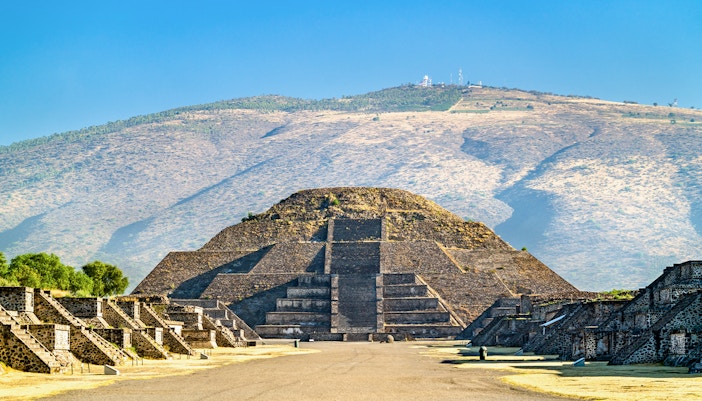
The name is not its original
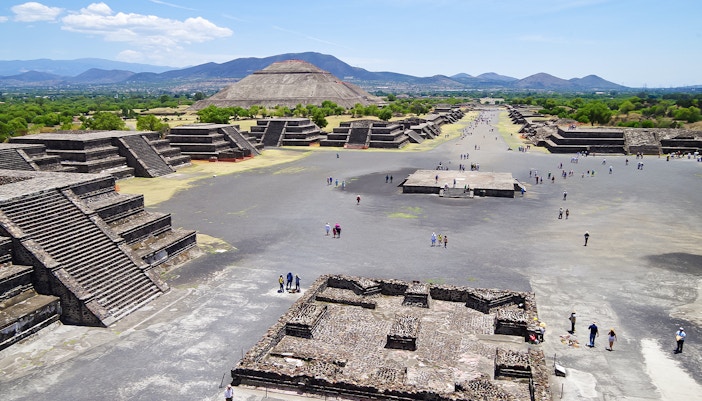
The builders are unknown
One of the greatest enigmas of Teotihuacán is the identity of the civilization that built it. Unlike the Maya or Aztecs, who left extensive written records and artifacts identifying their rulers and history, the Teotihuacános left none. This has led many scholars to suggest that the city was a multi-ethnic state, rather than one ruled by a single, powerful tribe or king.
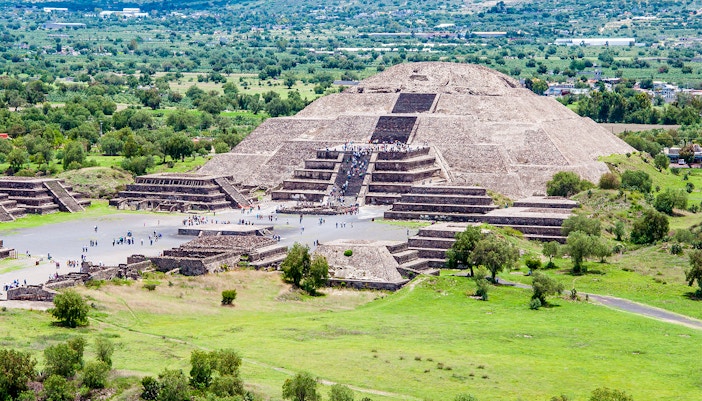
It was a global megacity
At its peak around 500 CE, Teotihuacán was one of the largest cities in the world. Its population is estimated to have been between 125,000 and 250,000 people, a size comparable to ancient Rome. Its sheer scale and sophisticated urban planning demonstrate a level of societal organization that was unparalleled in the Americas at the time.
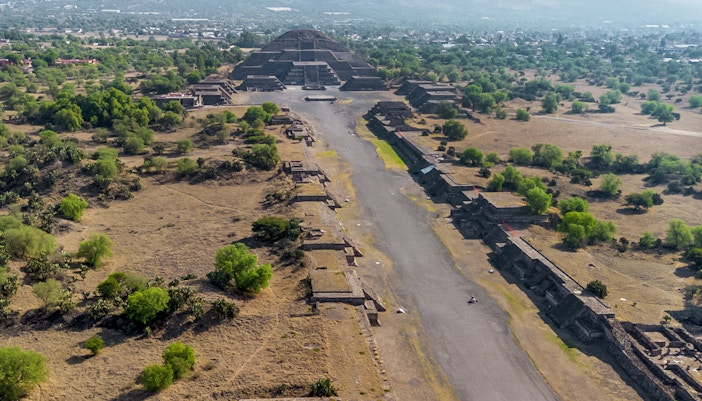
It was meticulously planned
Teotihuacán was built on a precise grid system, a feature unique in Mesoamerica. The main thoroughfare, the Avenue of the Dead, runs for miles and aligns with the movement of the sun and stars. This level of planning suggests a highly centralized authority and an advanced understanding of engineering, mathematics, and astronomy.
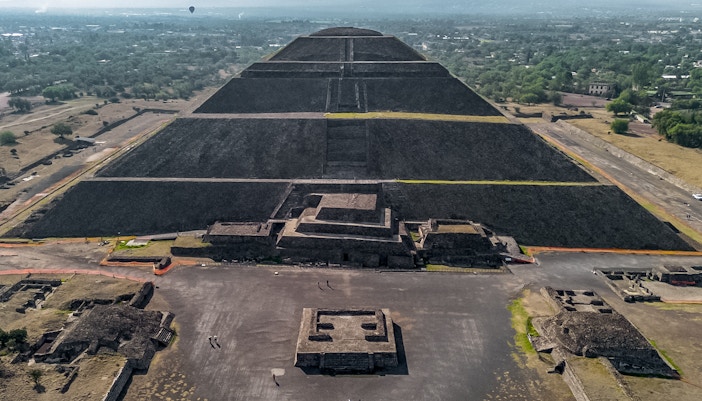
The Pyramids have a secret sound
The architecture of the Pyramid of the Sun has a unique acoustic property. If you stand at the base and clap your hands, the echo that returns is said to mimic the sound of a quetzal, a bird sacred to Mesoamerican cultures. This effect suggests the builders had an intentional and sophisticated knowledge of acoustics.
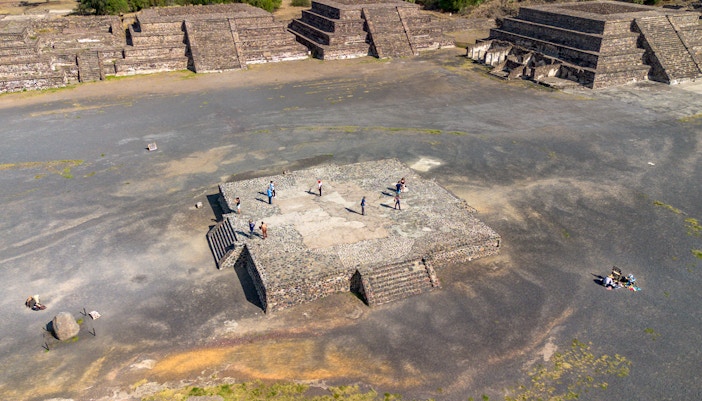
The city was a melting pot of cultures
Archaeological evidence, from diverse artifacts, burial practices, and distinct neighborhood layouts, indicates that Teotihuacán was a multicultural hub. It was home to people from different regions of Mesoamerica, including the Maya, Mixtec, and Zapotec. This diversity likely contributed to its success as a center of trade and influence.
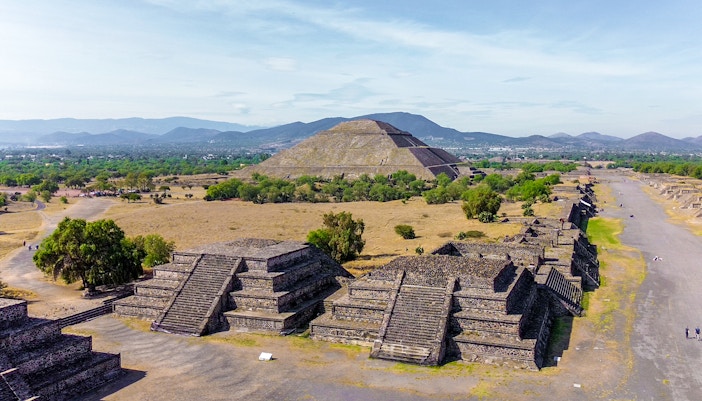
Its Pyramids are aligned with the cosmos
The city's major structures are not just grand; they are astronomically aligned. The Pyramid of the Sun faces the point on the horizon where the sun sets on two specific days of the year, marking the beginning of the agricultural seasons. This cosmic alignment highlights the deep connection between their architecture, religion, and calendars.
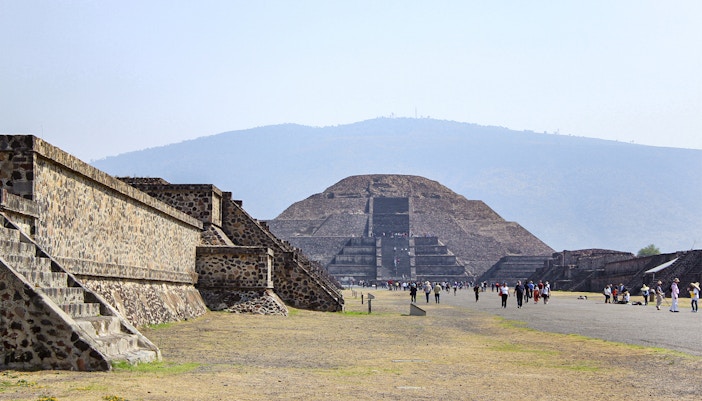
It lacked a centralized ruler
Unlike the civilizations that came after them, such as the Aztecs and the Maya, there is no evidence of a dynastic ruler at Teotihuacán. Instead of lavish royal tombs or monuments to a single king, archaeologists have found evidence suggesting the city may have been ruled by a collective of powerful families or a council.
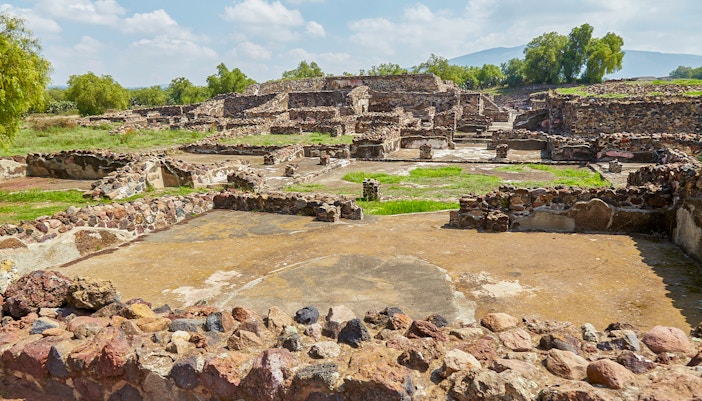
The city used mica in its construction
Excavations revealed that the Pyramid of the Sun and other key buildings were coated with a layer of mica. This shiny mineral is not found locally, but its closest source is over 3,000 kilometers away in Brazil. This fact is powerful evidence of Teotihuacán's immense wealth and extensive long-distance trade networks.
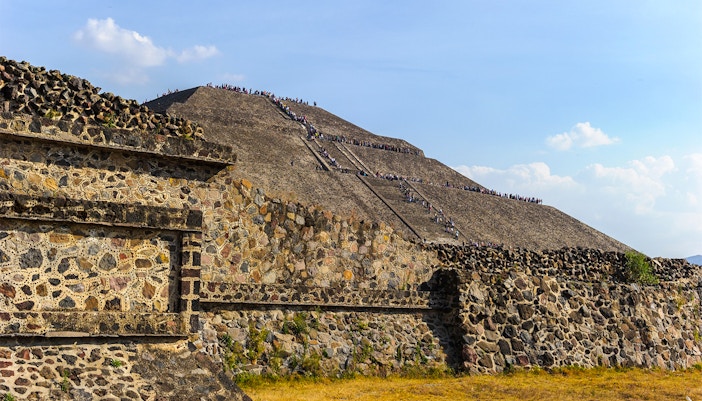
It rose from a volcanic eruption
One theory for Teotihuacán's rapid growth is that it attracted a large number of refugees. Around 50 BCE, a massive volcanic eruption destroyed the nearby city of Cuicuilco, forcing tens of thousands of people to flee their homes. Many of these refugees are believed to have settled in the Teotihuacán Valley, contributing to the city's explosive population growth.
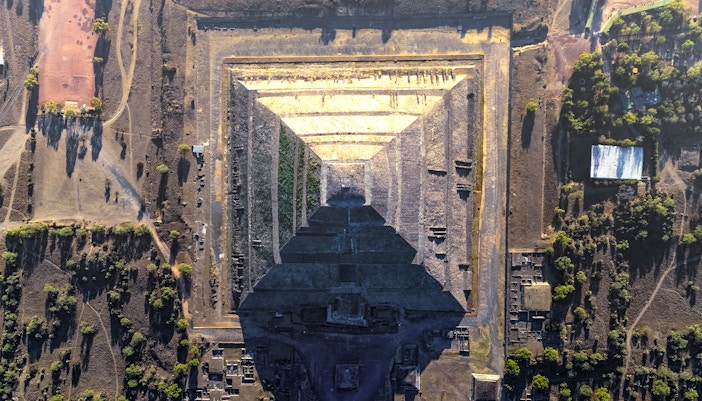
The city suffered a violent end
The collapse of Teotihuacán remains one of the greatest mysteries in archaeology. Around 550 CE, many of the city's main temples and elite residences were deliberately burned and defaced. This widespread destruction suggests a violent end, possibly caused by an internal uprising, a civil war, or an external invasion that left the city in ruins.
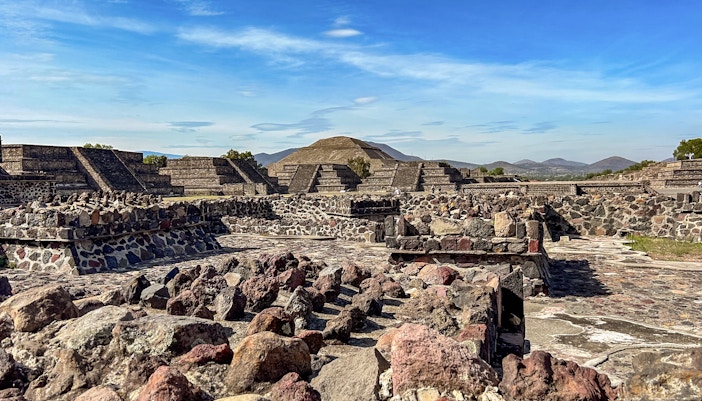
It was an obsidian powerhouse
Teotihuacán was a major economic center, largely because it controlled the trade of obsidian, a volcanic glass used for tools and weapons. Its artisans created high-quality obsidian blades, which were traded across Mesoamerica. This monopoly on such a valuable resource was a key factor in the city’s ability to build and maintain its vast empire.
